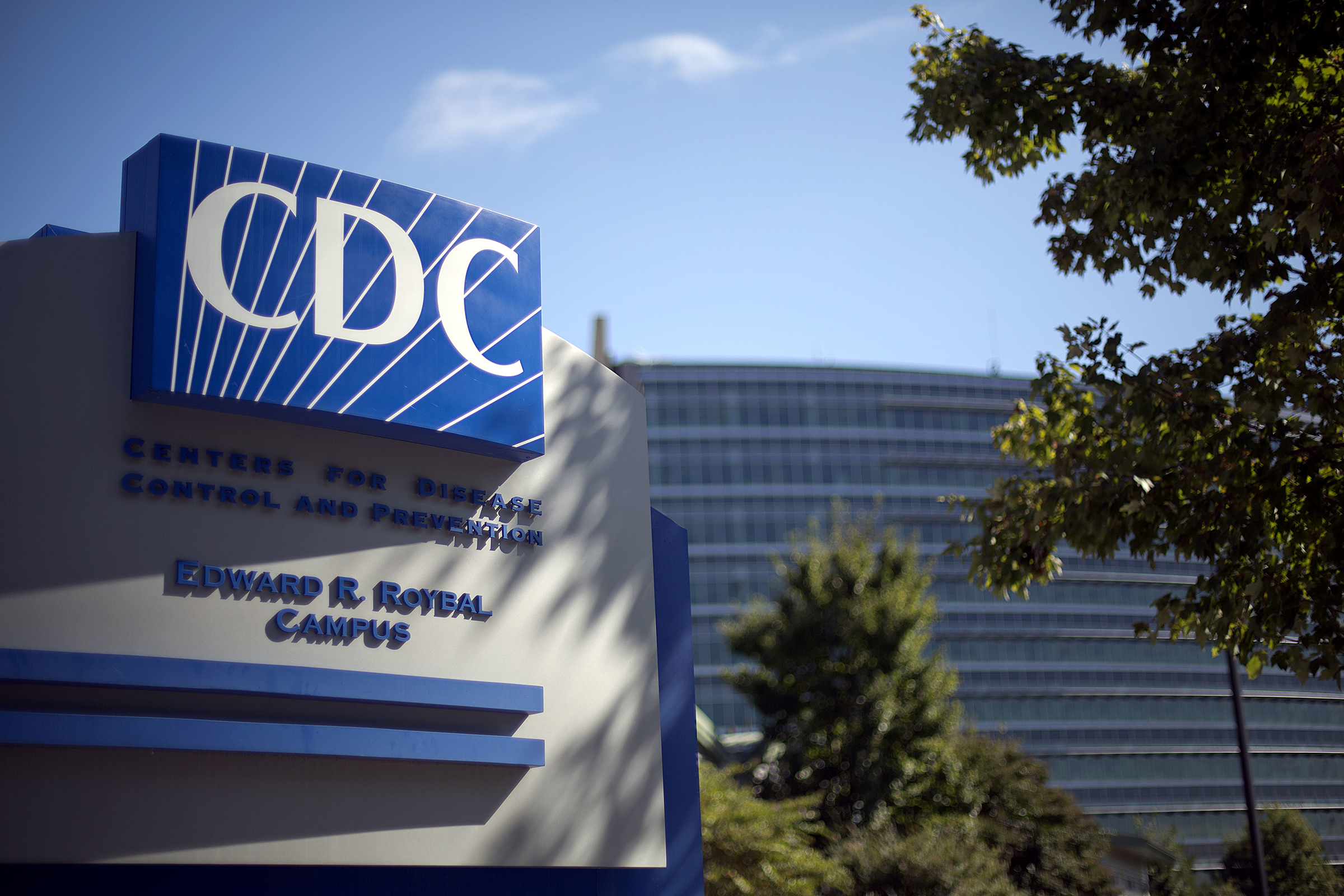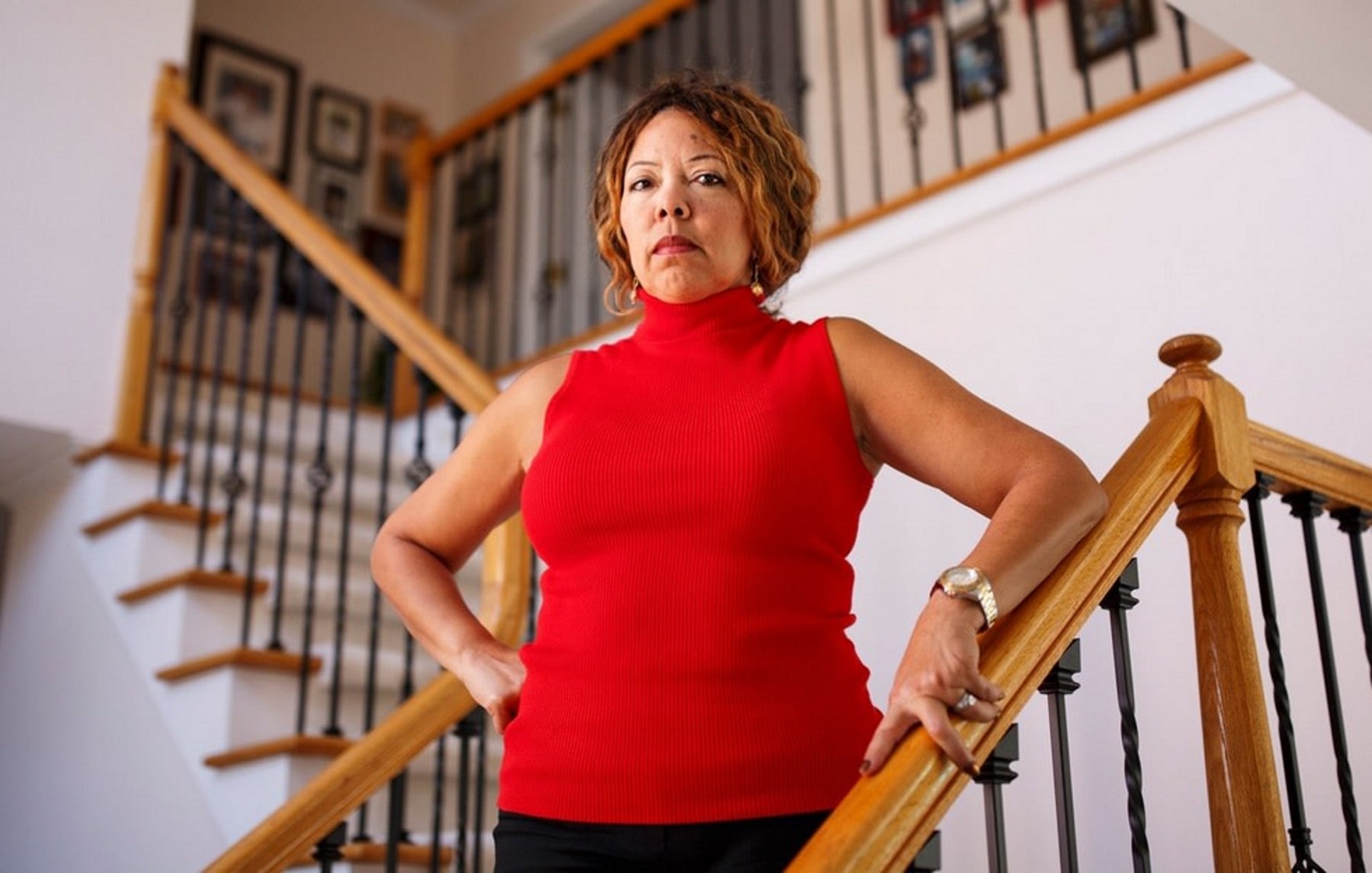After Two Decades, Congress To Resume Gun Violence Research Funding

Funding for gun violence research is set to be split between the Atlanta-based Centers for Disease Control and Prevention and the National Institutes of Health.
David Goldman / Associated Press
A spending agreement struck by Congressional leaders this week included $25 million for gun violence research. It’s the first time in two decades that Congress has agreed to fund that research.
The money is set to be split between the Atlanta-based Centers for Disease Control and Prevention and the National Institutes of Health. Since the passage of the Dickey Amendment in 1996, which prohibited funding for any research that promotes gun control, the CDC and NIH have funded very few gun violence-related research projects.
Megan Ranney, co-founder of the gun violence prevention nonprofit Affirm Research, applauded the new funding and said there are major gaps in researchers’ understanding of the topic.
“Imagine if I’d told you that we hadn’t substantially funded research on heart disease or cancer since 1996,” Ranney said.
Right out of the gate, Ranney added, the CDC should start with firearm suicide studies, which she described as preventable deaths.
About 60% of firearm deaths are suicides, a little-known fact among the U.S. population.
Democrats have been preparing to fund this topic for a while now. In 2013, President Barack Obama issued an executive order that directed the CDC to study gun violence.
Shortly after that, the CDC released a study on gun violence in Wilmington, Delaware, that critics said broke little new ground on the topic. And still no funding was specifically designated for the topic.
A Threat from the 1990s
By the early 1990s, public health researchers had begun to release findings that guns in the home increase people’s risk of homicide. The National Rifle Association and its supporters then accused those researchers of being biased against guns and lobbied to cut the CDC’s gun violence research budget.
By 1996 Arkansas’ U.S. Rep. Jay Dickey wrote an amendment into a federal spending bill that read, “None of the funds made available for injury prevention and control at the Centers for Disease Control and Prevention may be used to advocate or promote gun control.”
Mark Rosenberg directed the CDC’s injury prevention center at the time and said the language was taken as a clear threat.
“It basically said to researchers, if you do research in this area, we, Congress can make your lives miserable,” Rosenberg said.
It scared a lot of researchers in the gun violence field, and by 1999, Rosenberg was fired
It was among the last of several steps that slowed federal gun violence research to a trickle. That status quo lasted two decades until a major shift in Congress last year.
New language in a spending bill clarified that “the Dickey Amendment” doesn’t forbid federal funding for public health research on guns.
“What it does is forbid lobbying for gun control legislation,” Rosenberg said.
Because of this updated interpretation, Rosenberg said today, he supports the Dickey Amendment, because its function has shifted, especially for pro-gun lawmakers.
“It gives them cover where they can say to their constituents: yes, I voted to fund this research, but these research dollars can not be used to promote or advocate gun control,” Rosenberg said. “There’s been a huge change, and the Dickey Amendment is now the underpinning of this funding effort.
A Historic Moment
That effort began to break through the dam blocking funding earlier this year. The Democratic-controlled House of Representatives sought $50 million for gun violence research, before settling on $25 million in the plan reportedly agreed to with the Republican-controlled Senate.
Rosenberg said the package may be only half of what was requested, and won’t be adequate in the long run, but any funding at all is historic.
This September, Republican U.S. Sen. Johnny Isakson from Georgia proposed adding $300 million to the CDC’s budget over four years to study the causes of “mass violence.” That bill is sitting in committee in the Senate.
“This news matters. It is necessary,” Ranney said. “This is the first time in 23 years that the CDC has been appropriated money to fund firearm injury research.”
A 2017 research letter published in JAMA, the journal of the American Medical Association, compared the amount of money spent on gun violence research to other leading causes of death in the U.S. The researchers found that gun violence research received 1.6% of the funding it should have, based on the funding for comparable causes like sepsis or liver disease.
“I don’t want people to expect miracles,” Ranney said. “What I don’t want is for people to look in two years and say, ‘Uh, there’s still gun violence. We funded research, and there’s still violence.’”
Guns & America is a public media reporting project on the role of guns in American life.








